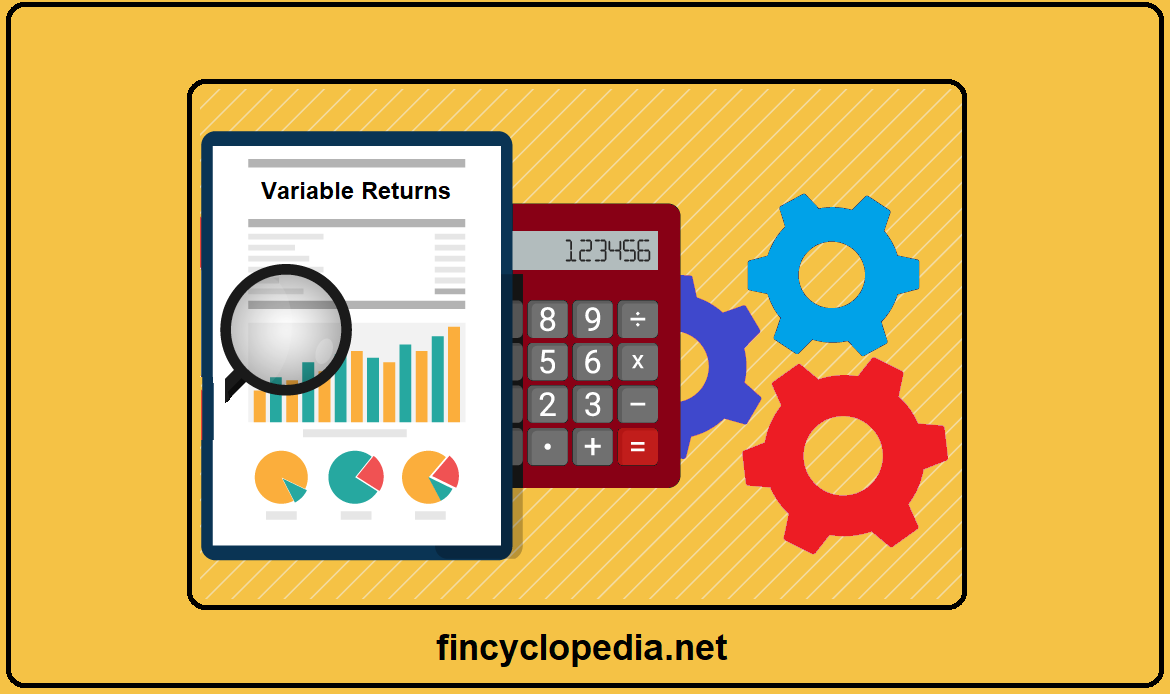A multi-level prioritization system (hierarchy) that groups the inputs used in valuation techniques (particularly for fair value calculation/ estimation) into three distinct levels, with the highest priority (level 1) being given to (unadjusted) quoted prices in active markets for identical assets or liabilities and the lowest priority (level 3) to unobservable inputs. For level 2 (mid-range priority), inputs consist of 1) quoted prices for similar assets or liabilities in active markets, 2) quoted prices for identical or similar assets or liabilities in markets that are not active (inactive markets), and 3) inputs other than quoted prices that are observable for the asset or liability such as interest rates and yield curves observable at standard quoted intervals, credit spreads, implied volatilities and inputs that are principally based on, or corroborated using, observable market data by correlation or other methods (market-corroborated inputs).
A quoted price in an active market provides the most reliable input for calculation of fair value (FV)- i.e., it is used to measure fair value whenever available, and without adjustment (an unadjusted basis), with limited exceptions.
In an active market, transactions for an asset or a liability take place with sufficient frequency and volume (frequent and high transaction volume) whereby pricing information can be available and provided on an ongoing basis to market participants (in the form of quoted market prices).






